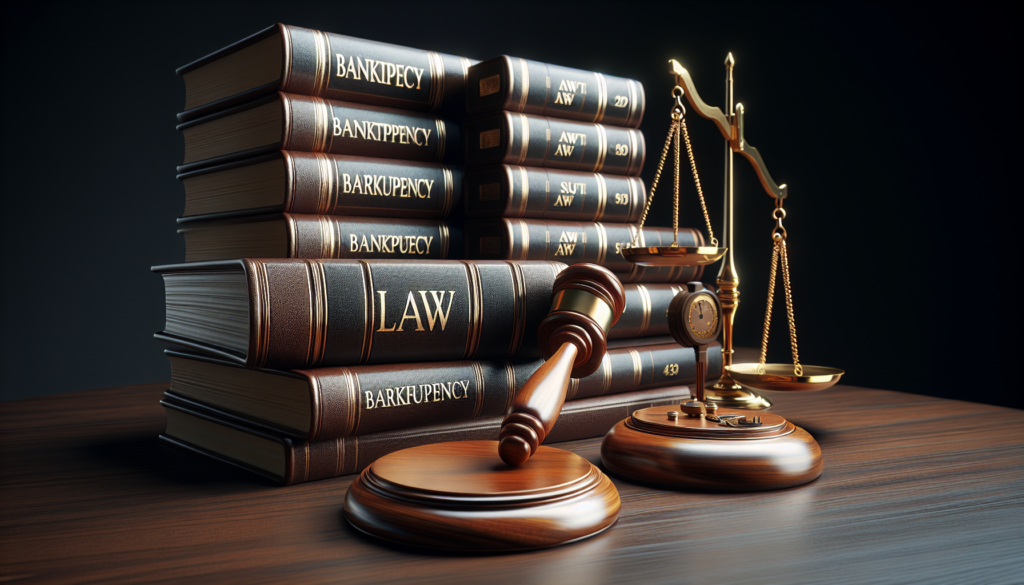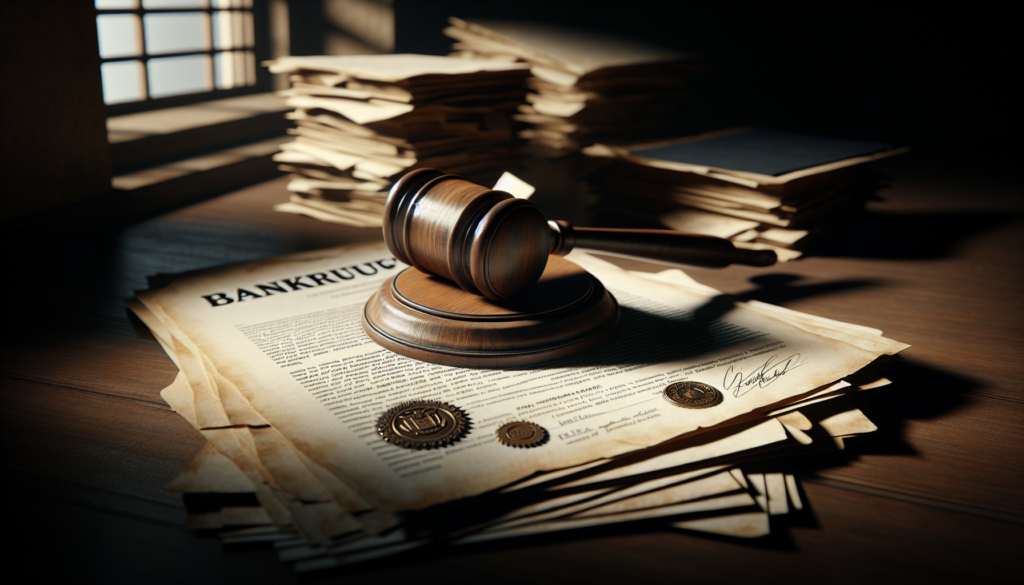
A bankruptcy discharge is a court order that releases a debtor from personal liability for certain types of debts, meaning they are no longer legally required to pay them. The discharge is the primary goal for debtors filing for bankruptcy, as it provides a fresh financial start by wiping out debts. Here’s a more detailed look at the bankruptcy discharge process in different bankruptcy chapters:
Chapter 7 Bankruptcy Discharge:
- In Chapter 7, most unsecured debts can be discharged, including credit card debt, medical bills, and personal loans.
- Certain debts are not dischargeable, such as alimony, child support, certain taxes, student loans (except in rare cases of undue hardship), and debts incurred through fraud.
- The discharge in Chapter 7 typically occurs about four to six months after the initial filing, assuming there are no objections from creditors or the trustee.
Chapter 13 Bankruptcy Discharge:
- Chapter 13 discharge occurs after the completion of the agreed-upon repayment plan, which typically lasts between three to five years.
- The discharge in Chapter 13 is broader than in Chapter 7 and may include some debts that are not dischargeable in Chapter 7, like certain fines and penalties owed to government agencies, debts incurred to pay non-dischargeable tax obligations, and debts arising from property settlements in divorce or separation proceedings.
- However, similar to Chapter 7, certain debts like alimony, child support, and student loans generally remain non-dischargeable.
Process and Effects of Discharge:
- Automatic Stay: Once a bankruptcy case is filed, an automatic stay is put in place, halting most collection efforts, foreclosures, and repossessions. This stay remains until the discharge is granted or the stay is lifted.
- Creditors’ Meeting: Debtors must attend a meeting of creditors (341 meeting) where creditors can ask questions about the debtor’s financial situation. However, creditors rarely prevent a discharge by raising legitimate objections.
- Financial Management Course: Debtors are required to complete a financial management course before the discharge is granted.
- Discharge Order: Once the discharge is granted, the court issues an order to the debtor and all creditors, indicating that the eligible debts are discharged and creditors should not attempt any further collection.
- Post-Discharge: After discharge, debtors are no longer legally obligated to pay the discharged debts. Creditors are prohibited from taking any collection action on discharged debts. However, a discharge does not prevent creditors from collecting any new debts incurred after the bankruptcy filing.
The bankruptcy discharge is a critical component of the bankruptcy process, offering debtors relief from overwhelming debt burdens and a chance to rebuild their financial lives. It’s important for debtors to understand which debts can be discharged and to comply with all procedural requirements to successfully obtain a discharge. Consulting with a bankruptcy attorney can provide valuable guidance and help ensure that debtors maximize the benefits of their bankruptcy filing.




Get a Free Bankruptcy Case Evaluation